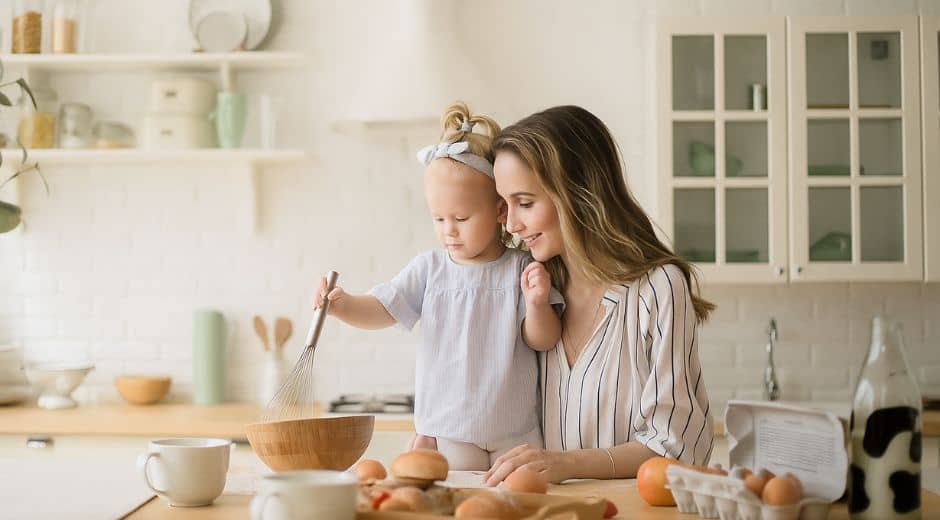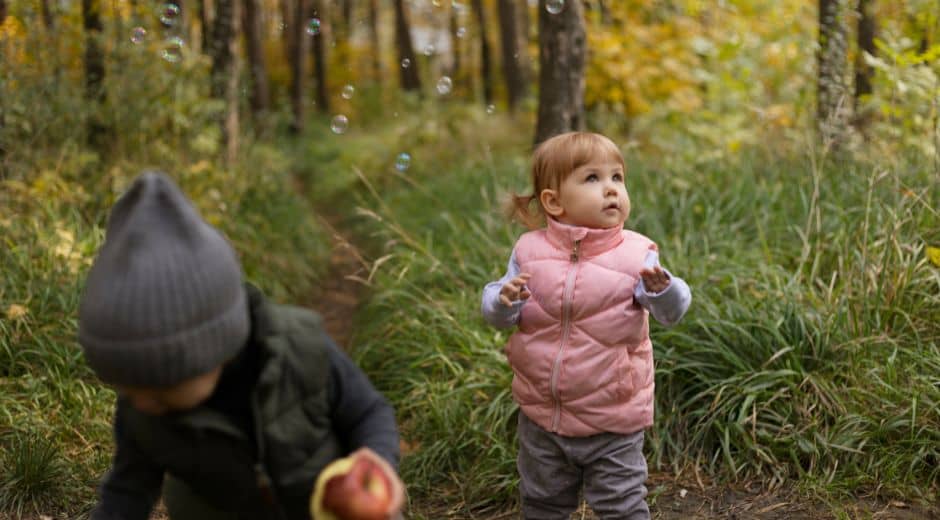Cooking with Kids: Delicious Recipes That Teach Skills
Cooking with Kids: Delicious Recipes That Teach Skills
Cooking is more than just preparing meals — it is a gateway to learning, creativity, and family bonding. When children step into the kitchen, they not only explore flavors and textures but also develop essential life skills such as patience, responsibility, and teamwork. Cooking with kids transforms mealtime into an interactive and educational experience, blending fun with practical learning. For parents seeking ways to engage their children while fostering important skills, the kitchen becomes a classroom full of endless possibilities.
Why Cooking with Kids Matters
Children are naturally curious, and Cooking taps into this curiosity by introducing them to real-world concepts. Measuring ingredients develops math skills, following recipes enhances reading comprehension, and experimenting with flavors sparks creativity. Beyond academics, cooking encourages independence, boosts confidence, and strengthens family relationships.
Educational platforms like TasteFlavorBook highlight that engaging children in the kitchen not only promotes skill development but also nurtures a lifelong appreciation for healthy and mindful eating. The hands-on experience reinforces learning in a way that books or screens cannot replicate, making it an essential part of holistic child development.
Safety and Preparation
Before diving into the fun, safety is paramount. Create a child-friendly kitchen space with age-appropriate tools such as plastic knives, mixing bowls, and non-slip mats. Teach children basic kitchen safety, including proper handwashing, careful handling of utensils, and awareness around hot surfaces.
Preparation also includes selecting recipes suited to the child’s age and skill level. Simple dishes like fruit salads, smoothies, or no-bake snacks are perfect for younger children, while older kids can handle more complex tasks like chopping vegetables, stirring sauces, or baking cookies. Safety and preparation ensure that Cooking is a positive and empowering experience for all.
Choosing Fun and Educational Recipes
The key to successful Cooking with kids is selecting recipes that are both enjoyable and instructional. Recipes that involve multiple steps teach sequencing, patience, and following directions. For instance, making a pizza from scratch allows children to knead dough, measure ingredients, and assemble toppings creatively.
Incorporating cultural or seasonal recipes adds an extra layer of learning. Exploring dishes from around the world, inspired by resources like TripBeyondTravel, introduces children to diverse flavors and traditions, fostering curiosity and cultural awareness. Seasonal recipes, such as pumpkin dishes in autumn or berry desserts in summer, also teach children about the natural rhythms of food.
Cooking as a Learning Experience
Beyond measuring, chopping, and mixing, Cooking teaches children valuable lessons that extend beyond the kitchen. Patience develops as they wait for dough to rise or a sauce to simmer. Responsibility grows as they clean up and organize ingredients. Teamwork and communication improve when working alongside siblings or parents.
Even mistakes are valuable learning moments. A burnt batch of cookies or an over-salted dish teaches problem-solving, resilience, and adaptability. By framing these experiences positively, children understand that experimentation and effort are as important as the final product. Educational sites like BioNatureVista highlight how integrating play, learning, and real-life tasks creates a richer developmental environment for children.
Engaging the Senses
Cooking is a multi-sensory experience that stimulates sight, smell, touch, taste, and even sound. Children learn to identify colors, textures, and aromas, enhancing sensory awareness. Tasting ingredients and adjusting flavors encourages critical thinking and decision-making, while listening to sizzling pans or stirring rhythms connects them to the process fully.
By engaging the senses, cooking becomes an immersive educational activity. It cultivates mindfulness, encourages observation, and promotes an appreciation for the effort behind each meal. Parents can enhance this experience by discussing flavors, textures, and ingredients, turning each session into a sensory exploration.
Building Healthy Habits
Introducing children to healthy ingredients through Cooking encourages lifelong habits. Involving them in washing vegetables, preparing smoothies, or assembling salads emphasizes the importance of nutrition. When children understand the origin and benefits of ingredients, they are more likely to make healthier choices independently.
Incorporating herbs, spices, and whole foods, inspired by guides like BioNatureVista, adds flavor and nutrition while teaching children about natural foods. Cooking together instills respect for food, encourages adventurous eating, and fosters a positive attitude toward balanced meals.
Creating Family Memories
Beyond education, Cooking is a bonding experience. Preparing meals together strengthens relationships, creates lasting memories, and encourages communication. Children often remember the joy of stirring, mixing, and tasting, associating food with love and connection.
Family cooking sessions can become cherished rituals — weekend pancake mornings, holiday baking traditions, or simple weekday dinners. Sharing responsibilities, celebrating successes, and tasting creations together builds trust, confidence, and a sense of accomplishment. Platforms like CoolParentingTips emphasize the importance of creating joyful learning environments where children feel supported and encouraged.
Tips for Successful Cooking Sessions
Plan Ahead: Choose recipes that are age-appropriate and ensure ingredients and tools are ready.
Encourage Creativity: Allow children to experiment with flavors, shapes, and decorations.
Make it Fun: Incorporate games, storytelling, or themes to keep children engaged.
Teach Clean-Up: Show that responsibility extends beyond cooking to tidying up.
Celebrate Effort: Focus on the process, not just the outcome, to foster confidence.
By following these tips, parents transform Cooking from a routine task into a dynamic learning experience that combines skill development, creativity, and family bonding.
The Lifelong Benefits of Cooking with Kids
Participating in Cooking equips children with essential skills that extend far beyond the kitchen. They develop problem-solving abilities, creativity, emotional resilience, and social skills. Early exposure to cooking also encourages independence, responsibility, and a positive relationship with food.
Furthermore, children who engage in cooking are more likely to continue experimenting with recipes, explore different cuisines, and appreciate diverse cultures. Integrating insights from TripBeyondTravel encourages curiosity and global awareness, while healthy recipe guidance from BioNatureVista fosters lifelong wellness habits.
Final Thoughts
Cooking with children is a powerful tool for education, creativity, and connection. It transforms everyday meals into opportunities for skill-building, sensory exploration, and family bonding. By combining fun, learning, and practical life skills, parents cultivate confident, capable, and curious learners.
By integrating tips and resources from TasteFlavorBook, TripBeyondTravel, and BioNatureVista alongside guidance from CoolParentingTips, families create a kitchen environment that is both educational and joyful.
Ultimately, the power of Cooking lies in its ability to teach, connect, and inspire — offering children not just skills for the kitchen, but skills for life.
Learn Bond Bloom

Calm Corner Setup for Emotional Regulation
Calm Corner Setup for Emotional Regulation

Big Feelings Tools Kids Can Learn Fast
Big Feelings Tools Kids Can Learn Fast

Picky Eating Solutions That Feel Simple
Picky Eating Solutions That Feel Simple

Morning Routine Ideas for Smoother Days
Morning Routine Ideas for Smoother Days













